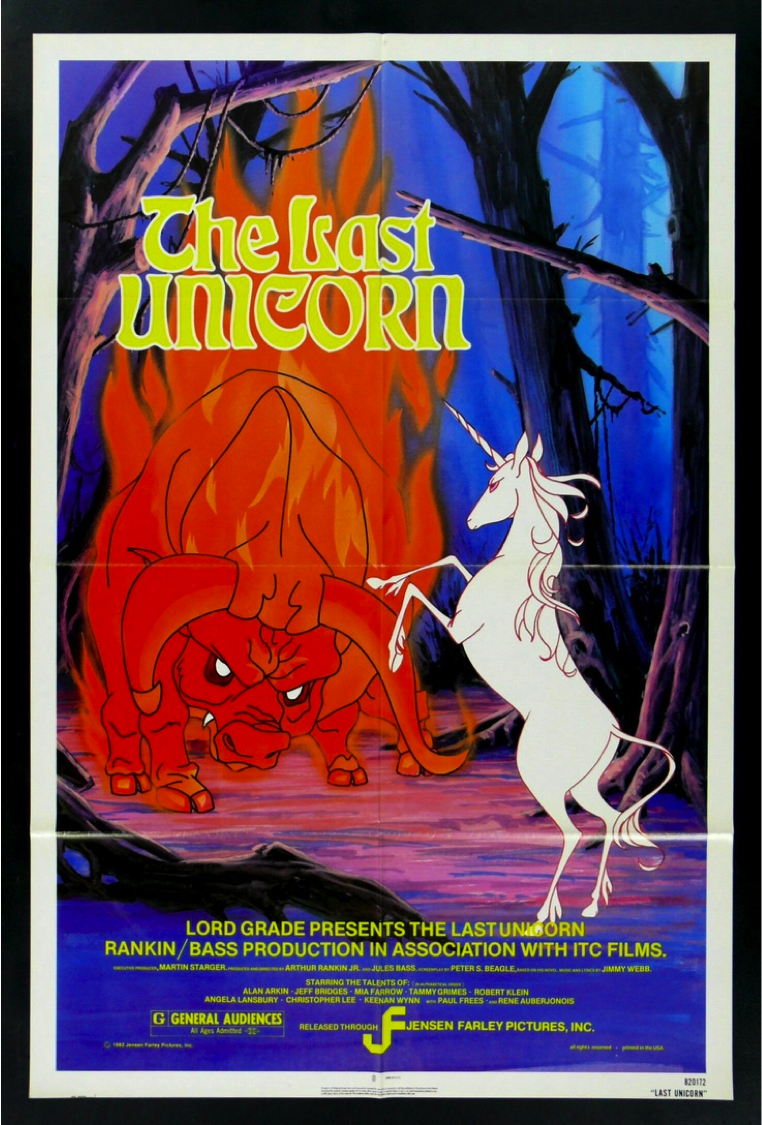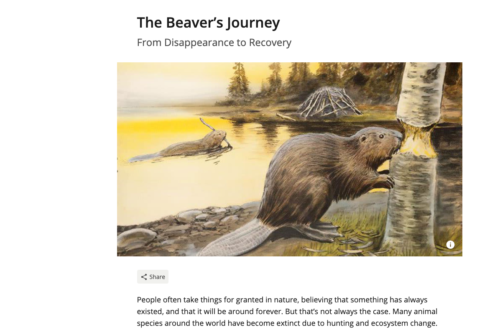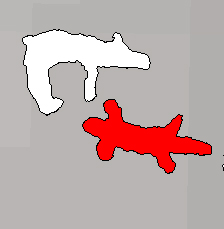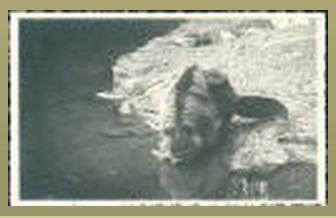
Beavers in Berlin
I like to believe that when we write environmental histories they are always smaller than we think–in that they are situated in a very specific place and time–but they are also always bigger than we think–in that they are connected to other places and times. Since I’m in Berlin this week visiting with the Max Planck Institute for the History of Science, I thought I’d think about the connections between my beavers in Scandinavia and Berlin.
Way back in September 1910, the director of the Skansen zoological garden Alarik Behm got a letter from the Berlin zoological garden offering an exchange (the correspondence is in the Nordiska museet archive in Stockholm). Berlin had a young beaver from the Rhône area that they were willing to trade for one great grey owl and a pair of northern hawk-owls. The deal was accepted. The three owls made it to Berlin on September 28th and the beaver was sent to Skansen at that time. Unfortunately the little fellow died in 1911. Side note: This didn’t make Skansen beaver-less. Skansen got two Canadian beavers in 1909/10 and they lived until 1924. Read this post for more details.
This was not the last time Berlin connected with my history. In 1934, Sverre Holmboe of Oslo exported a pair of beavers from Norway to the Berlin zoo. While I’ve mentioned P.M. Jensen Tveit many times because he provides all of the beavers reintroduced into Sweden, he was not the only person in the business. I found correspondence from Holmboe about beavers in the Norwegian national archives back to 1933 when he was requesting permits to send live beavers to the Edinburgh zoo and Antwerp zoo. His letterhead states his business as: “Export av levende ville norske dyr” (“Export of living wild Norwegian animals”). According to one of his letters from 1940, he had previously been a German consulate in Kirkenes, Norway.
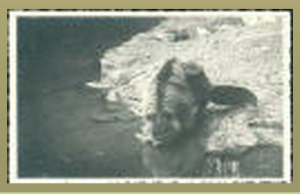
On 26 March 1934, Holmboe had received a letter from the Berlin zoo offering 400 Norwegian kroner for each. This time the zoo wanted to get beavers instead of send them. On 8 May, Holmboe received word that the pair had arrived safely in Berlin. Only a few days afterward, however, both beavers died. Holmboe offered to request permission from the Landbruksdepartment to send a replacement pair for a discount. The answer via telegram was brief: “Purchase of the beavers is impossible. Zoo. Berlin”. Holmboe apparently did not end up sending replacements.
Holmboe continued correspondence with Germans and in 1940, he asked permission to catch and export three pairs of beavers to Carl Hagenbeck of Hamburg. The permitting process carried on into the German occupation of Norway. Holmboe changed his request to 5 pairs and was finally given permission to do so in June 1942. Holmboe appears to have not objected to the occupation–in his correspondence in the occupation time file he closes letters with “Heil og sæl” (note that others like Jensen Tveit don’t) and works a fair amount with German buyers.
What these little stories into beavers being moved to and fom Germany shows is that Scandinavian beavers are connected to places outside of Scandinavia. My story is connected to many other stories.
